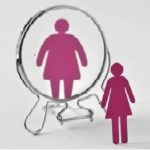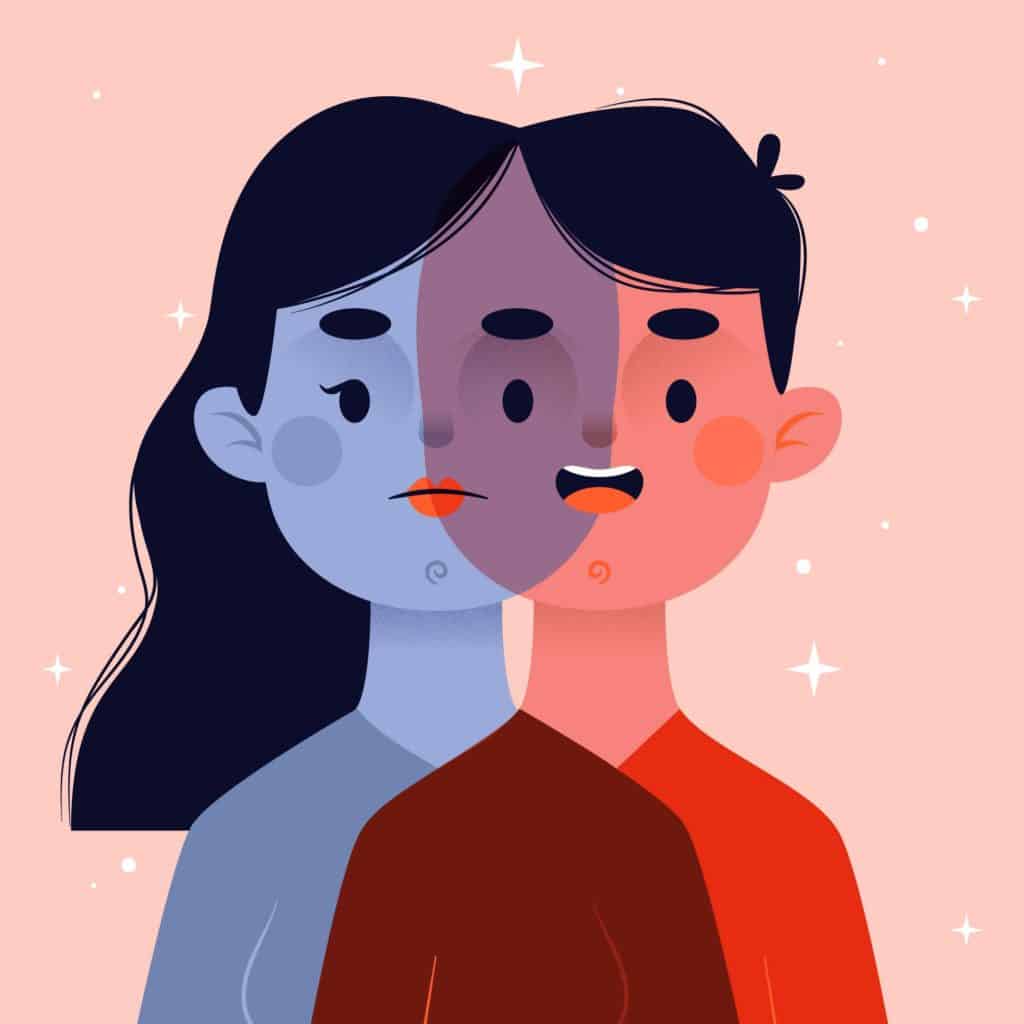Have you ever wondered what the is difference between body dysphoria and dysmorphia?
To fully grasp the distinction between gender dysphoria and body dysmorphia, we must examine each condition separately since they are often discussed together (and, unfortunately, even more often mistaken). There are differences between them.
Read the following article to know more.
What is body dysmorphic disorder?

Body dysmorphic disorder (BDD) is a mental health disease in which you can’t stop obsessing about one or more character flaws in your appearance, even if they’re small or invisible to others. However, you may avoid many social events because you are uncomfortable, humiliated, or nervous.
When you have body dysmorphic disorder, you obsess over your appearance and body image, checking the mirror, grooming, and looking for validation often throughout the day.
Sometimes for many hours. Your inner flaws and regular actions give you significant pain and mess with your ability to function in daily life.
The Symptoms:
The following are some of the signs and symptoms of body dysmorphic disorder:
- Being obsessed with a supposed defect in one’s appearance that others don’t notice or think is trivial
- A strong sense that you have a physical flaw makes you look ugly or misshapen.
- The belief that others look down on you or insult you because of your appearance.
- Frequent checking of the mirror, grooming, or skin picking are activities aimed at fixing or hiding a seen fault that is difficult to resist or control.
- Using styling, makeup, or clothing to cover up perceived imperfections.
- Comparing your looks to that of others regular basis.
- Frequently seeking confirmation from others regarding your appearance.
- Tenda’s tendency to be a perfectionist.
- Looking for cosmetic procedures but not getting the results you want
- Seeking to avoid social settings.
What is Gender Dysphoria?

Gender dysphoria (GD) is an internal struggle or psychological pain in which a person identifies with a gender other than their biological gender. So, what does all of this mean?
Someone born male does not identify with the biological sex they were assigned is an example of gender dysphoria. They identify as a female while having male sex features.
It’s critical to remember that it’s not a mental illness or condition in and of itself.
The Symptoms:
- Sorrow or a lack of self-confidence with basic life activities, as well as low self-esteem
- A strong need to change or enhance primary sex features
- An inner desire to be treated as a sex different than the one in which one was born.
- A belief that one shares the same reactions or feelings as another gender.
What’s the Difference Between Dysphoria and Dysmorphia?
The following are the distinctions between dysphoria and dysmorphia:
Gender dysphoria is when a person feels they were born in the wrong body or gender.
Body dysmorphia is a condition in which a person perceives a big flaw or problem with their body, even if that belief is false. They think of themselves, or a part of themselves, as “distorted” or “ugly.”
Even though gender dysphoria and body dysmorphia are two distinct disorders, both can happen immediately.
A person suffering from gender dysphoria, for example, may become obsessed with their breast size. Gender identity is commonly related to self- or body image and can cause mental problems such as OCD, depression, and anxiety.
Getting help:
If you believe you may be suffering from gender dysphoria, body dysmorphia, or both, and you require assistance or support, please contact Kazmo Brain Center.





